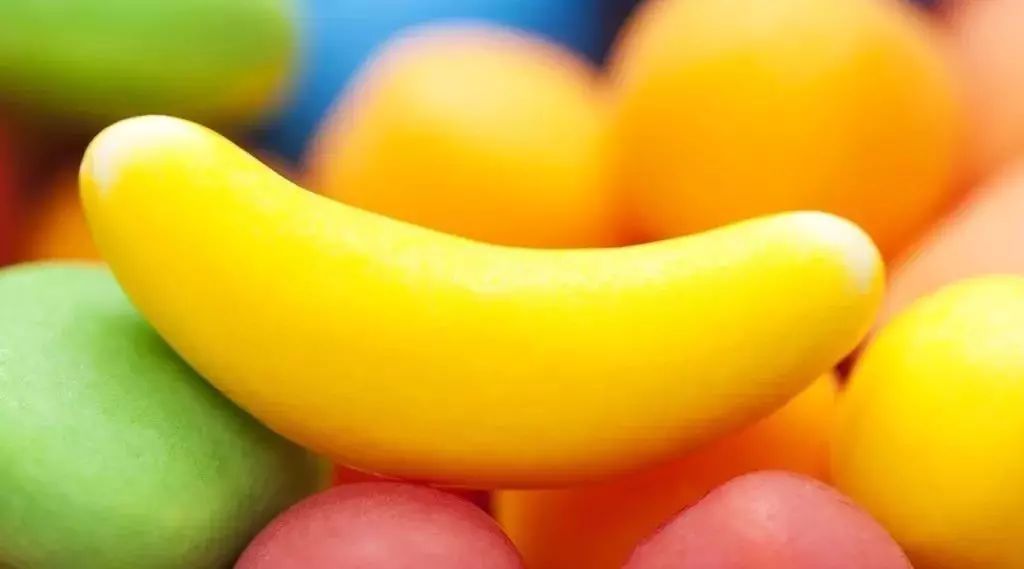
No, they are, but the bananas have changed.
when it comes to artificial flavors, people always have a lot to throw up: they don't taste real at all! For example, the taste of bananas in candy and drinks is quite different from the bananas we usually eat.
in many cases, the difference between artificial flavor and real fruit is due to the fact that the components of artificial flavor are too simple to restore the complex flavor of real fruit. Of course, this is also true for banana flavor, but its story does not stop there: in fact, the flavor of banana essence also retains the rise and fall of some banana varieties.
according to flavor historian Nadia Berenstein, the earliest artificial banana flavor formulations date back to at least the 1860s. In the early days of artificial flavor research and development, people's method is still relatively simple, they mainly look for molecules similar to fruit smell in a variety of known compounds, but do not analyze the aroma components of real fruit one by one. The main reason for this is that aroma chemical analysis is difficult to do. The contents of the ingredients that contribute to the fruit aroma are much lower than the sugars and acids that contribute to the taste experience, and it was not easy to analyze such a small amount of ingredients at that time.
in this way, flavor chemists have targeted an "almost fruit-flavored" compound: isoamyl acetate, a molecule associated with banana flavor. and widely used in a variety of banana-flavored drinks, sweets and snacks. Of course, this ingredient does exist in fruit, but fruit contains a wide variety of aroma substances, isoamyl acetate is only a part of it.
in the early part of the last century, the most common banana variety on the market was called Big Mike, or Gros Michel. At that time, this variety won out because of its resistance to long-term transportation. However, its dominance in the market did not last forever. In the 1950s, fungal diseases hit the big Mac banana so hard that producers had to look for new banana varieties to grow. The winning variety this time is Cavendish, which is the easiest banana variety we can eat today.
(nowadays, most of the bananas we eat are the same cultivated variety: Hua Jiao)
Busylooking for a piece of plus size wedding dresses to flaunt your sexuality? Browse through our fabulous collection of finest fabrics.
(most of the bananas we eat today are the same cultivated variety: Hua Jiao)
(most of the bananas we eat today are the same cultivated variety)
. The "artificial banana flavor" associated with isoamyl acetate is more intense in big Mac bananas. In other words, in an era when people associated isoamyl acetate with banana flavor, the connection made more sense. Now people think that bananas taste different from banana-flavored candy, in a sense, this is not a mistake made by flavor developers, but because the real bananas we use as a reference have changed. Open a banana candy and what you taste is like an abbreviated version of the old banana flavor.
in fact, the Big McBanana was plagued by disease before the 1950s. In 1923, there was even a special song in the United States to sing about the shortage of bananas because of the disease. The name is: yes, we don't have bananas. If you are interested, you can click and listen:
for modern cultivated varieties of bananas, disease is really a troublesome problem, because they are asexual triploids with little genetic diversity. So if pathogens can infect them, it means there will be a lot of bad luck. In fact, today's banana varieties are also facing the threat of disease. If you want to know more, you can read the original article "what to take to protect you, delicious Banana".
PS: although banana flavor is different from the banana we eat, I still like banana-flavored milk.
Ref.: https://www.sciencefriday.com/articles/why-dont-banana-candies-taste-like-real-bananas/